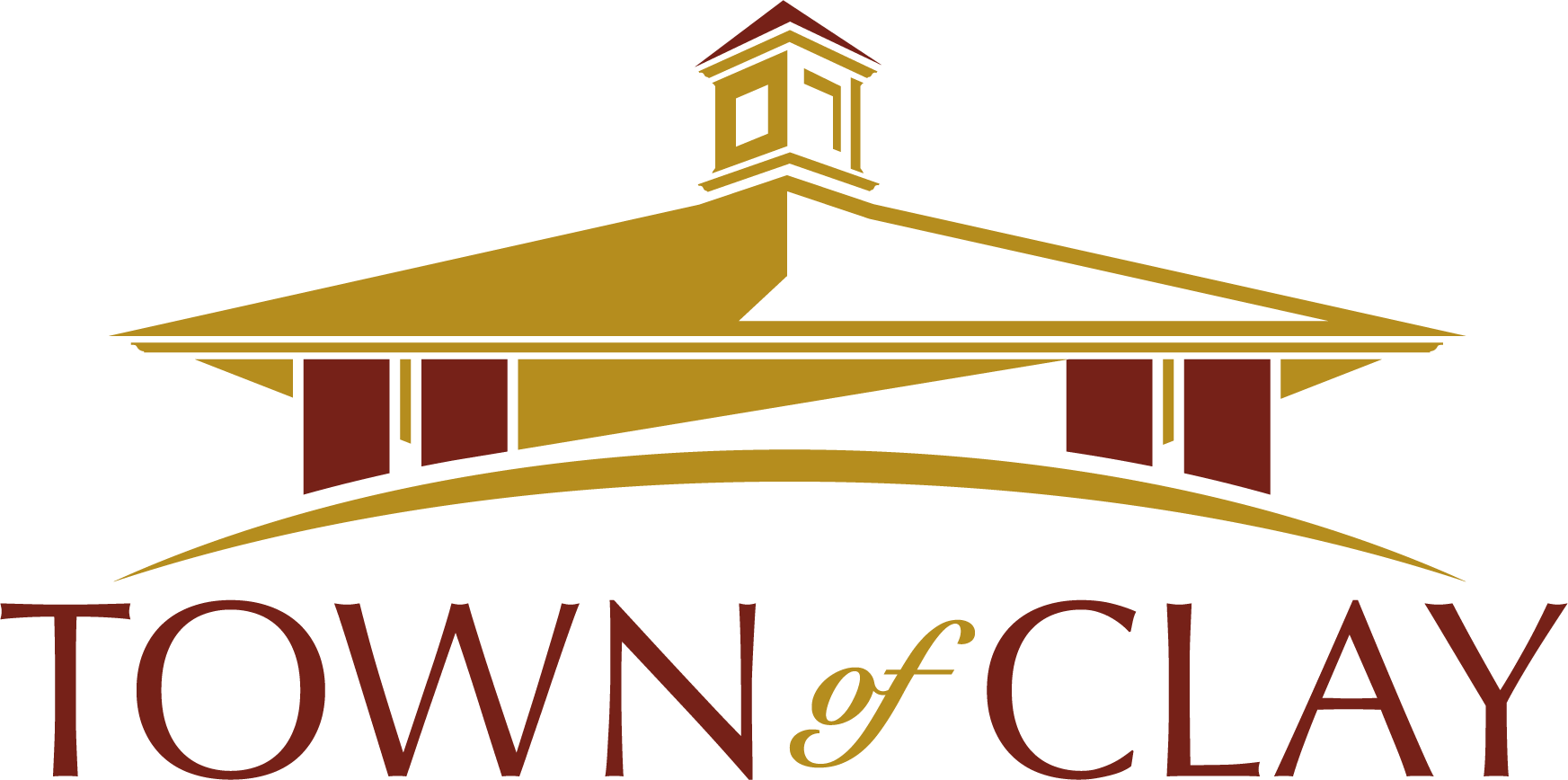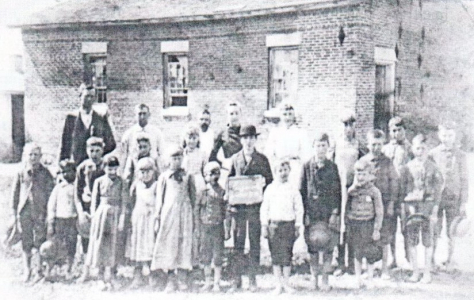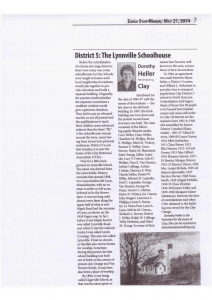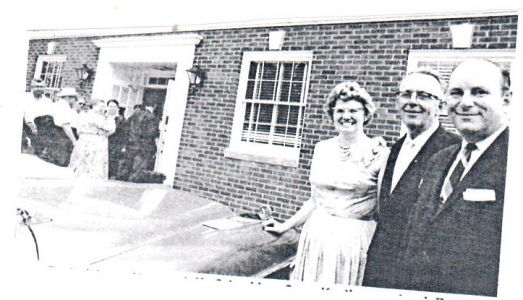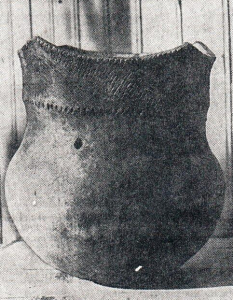Plank RoadsPosted on December 30, 2020 |
Image
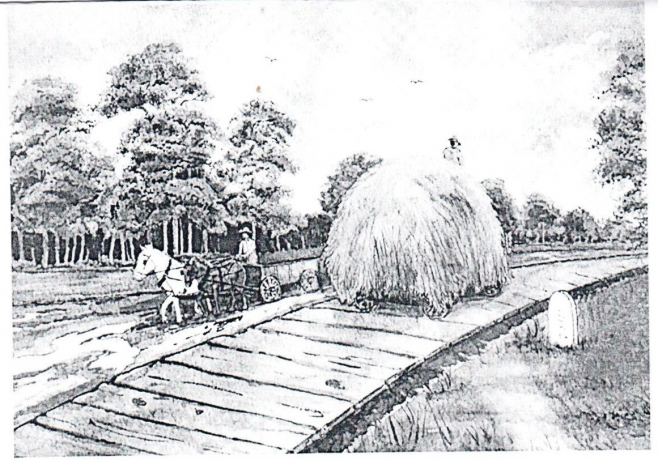
|
HISTORY MYSTERY: Plank Roads
The first plank road was brought to the United States from Canada by Syracuse Engineer George Geddes. The first plank road in American led from Toronto and was cited by Geddes in his promotion of plank roads. He reported that wooden roads lasted eight years and cost much less than compacted crushed stone macadam roads. He states: “Over the part of the road in Toronto, that wore out in eight years…It is found that the cost of repairs on a McAdam (macadam) road is easily greater than upon a plank road-without taking into .account the greater difference in the first cost. The McAdam road out from Toronto cost four hundred dollars every year to keep in order…if the plank road is constructed, the repairs will be trifling until the road is worn out.”
Salina and Central Square Plank Road Company was formed in 1844 and sold shares of stock for the purpose of acquiring capital to plank the old Salt road which ran from Salina to Brewerton. Salt Road was built roughly over the “Thousand Island Trail”, an Indian trail originally extending from Pennsylvania to Canada. Built in 1846 at a cost of $23,000, the 16 and 1/2 mile Plank Road ran between Syracuse and Central Square. hemlock planks were eight feet wide and four inches thick and covered one lane of the road, while the other lane was unpaved and often consisted of muddy ruts. Wagons traveling into the city loaded with farm goods, or out of the city with supplies, took the planked side, the empty wagons took the dirt side. (See picture)
It was a massive success. Applications to form new plank road companies poured in. By 1847, a general incorporation law was passed by the state legislature. From 1847 to 1854 more than 340 plank road building companies were incorporated in New York State, building about 3,500 miles of plank roads. The State Senate reported that plank roads were more profitable than gravel or stone roads.
Maintenance involved digging ditches on each side of the plank road to drain the water and keep mud from accumulating under and over the planks. By doing this, wagons loaded with merchandise and agricultural products and the animals pulling them were not slowed or stopped by mud. Since bridges were also made from planks, even today can be found a wooden bridge similar to an old plank bridge. A plank road resembled a large set of train tracks in appearance.
The Salina and Central Square Road proved to be a good investment from the start. Tolls were paid at four toll gates along the route – five cents a horse, one cent for each head of cattle, 20 cents for a horse and wagon and no charge for pedestrians. If it had been the only plank road, it might have been the first and last in the country; plank roads sprang up everywhere after they proved so successful. For farmers, the advantage of having a cheap, dependable route to market for their products was obvious. Small businesses were able to sell their products in the city and a dependency built up between town and country. Life was easier for the farmer and his family was less isolated with dependable transportation.
However, after a few years of wear, the planks began to warp and rot away. That’s when the cost of repair, more lumber, gravel, toll buildings, employees and management came into play. Deterioration took over. Added to this was the fact that railroads continued their expansion, connecting towns that plank roads had served before and new destinations.
The road between Central Square and Brewerton was abandoned in1873. In 1876, the Plank Road from Brewerton to Cicero was turned into a gravel turnpike and maintained by the Cicero Turnpike Company, a group of private citizens until 1912 when it became a state road. In April of 1913 the section from Cicero to Syracuse was taken over by the state, also. The entire distance was paved in 1914-15 and became the present-day Route 11.
In 1852, Hunts Merchants Magazine published an article extolling plank roads: “In the list of great improvements which have given to this age the character which it will bear in history above all others – the age of happiness to the people – the plank road will have a prominent place, and it deserves it…the plank road is of the class of canals and railways. They are three great inscriptions graven on the earth by the hand of modern science…”
Dorothy Heller, Historian
12-31-20
